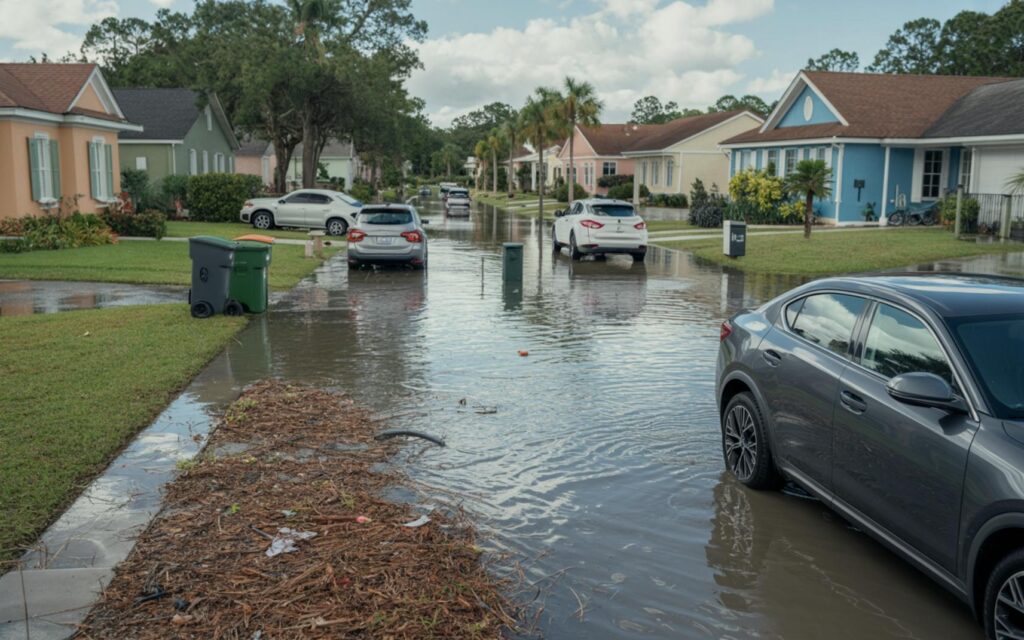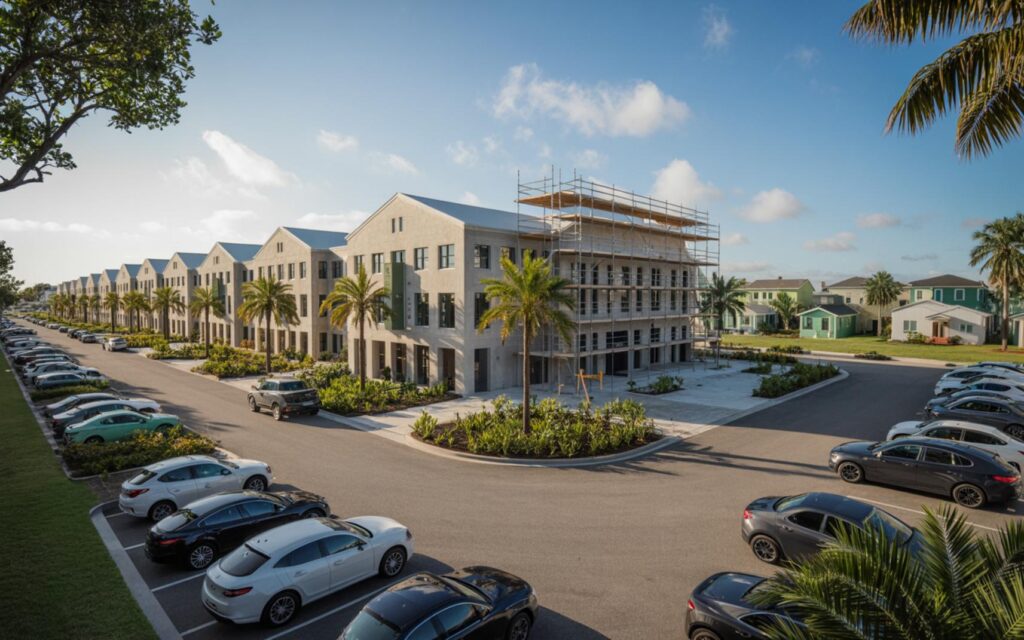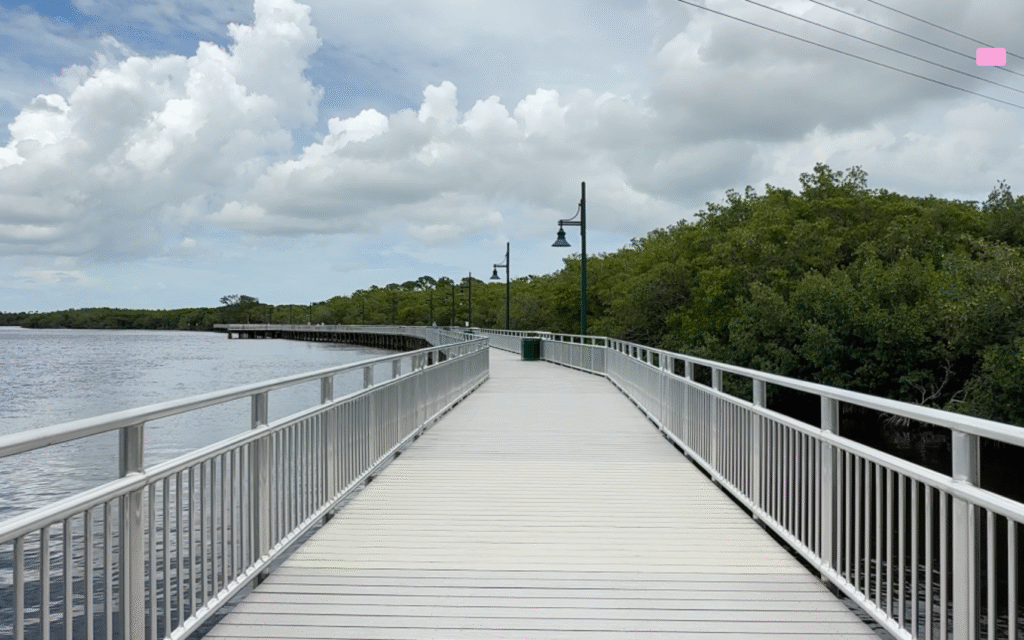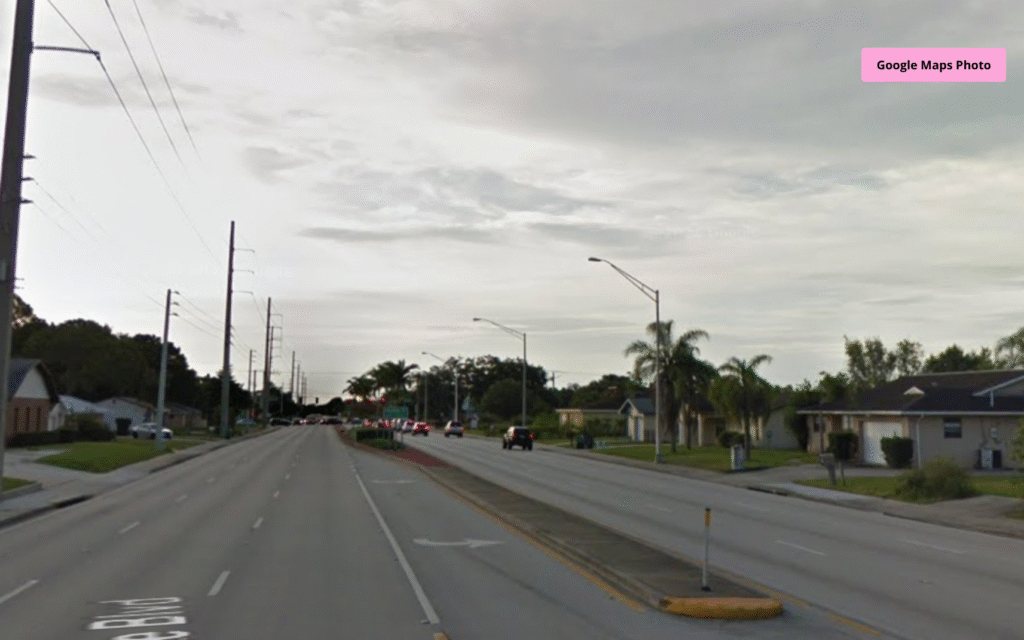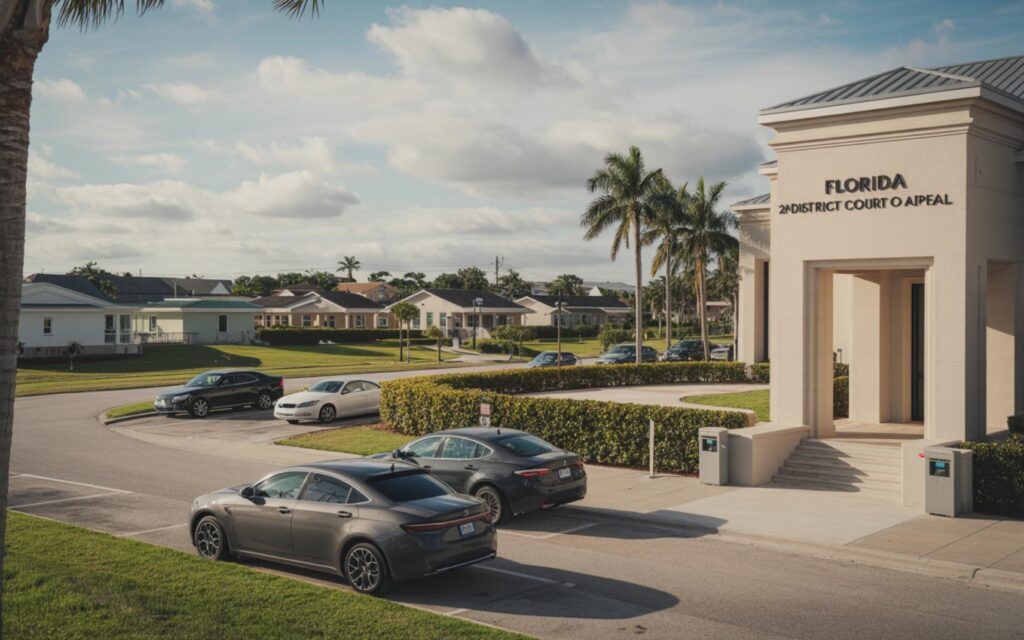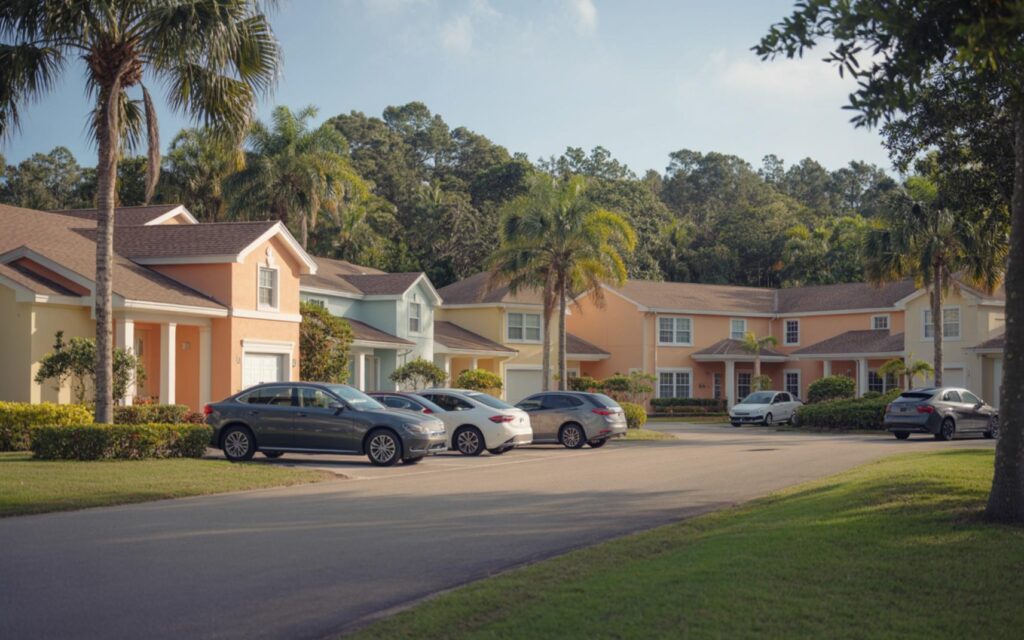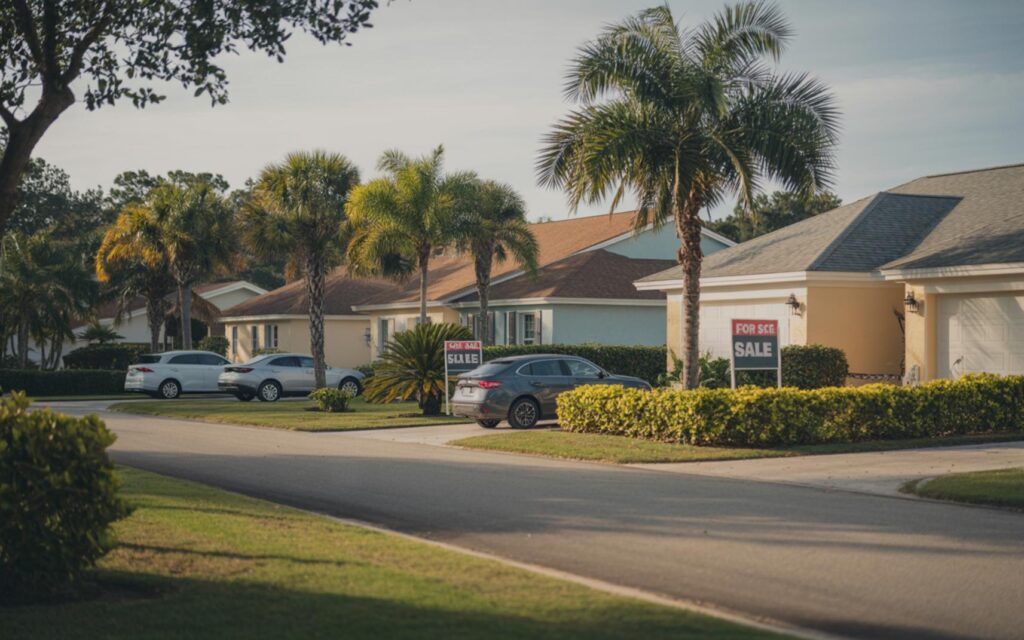Florida flood insurance is a critical issue for homeowners across the state, especially as recent flash floods in Central Florida have renewed attention on the need for coverage. Florida remains the most flood-prone state in the United States, and understanding current flood insurance requirements, costs, and options is essential for residents.
Florida Flood Insurance: Current Requirements and State Laws
Flood insurance in Florida is not included in standard homeowners insurance policies and must be purchased separately. According to the National Flood Insurance Program (NFIP), there are 1.8 million active NFIP policies in Florida, representing about 18% of all policies nationwide.
As of 2025, state law mandates that many policyholders with Citizens Property Insurance Corporation, Florida’s state-backed insurer of last resort, carry separate flood insurance. This requirement applies even if the property is not located in a high-risk flood zone. The goal is to ensure broader coverage and reduce financial risk for both homeowners and the state’s insurance market.
Mandatory Flood Insurance Zones and Coverage Gaps
Flood insurance is mandatory for homes in high-risk flood zones, specifically Zones A and V, if the property has a federally-backed mortgage. However, data from the NFIP shows that more than 25% of flood claims in Florida come from properties outside these high-risk areas.
Despite the state’s flood risk, a significant insurance gap exists. In some high-risk areas, only about 46% of properties have active flood insurance coverage. This gap leaves many homeowners financially vulnerable when flooding occurs, according to official sources.
Flood Insurance Costs in Florida
The average annual cost for an NFIP flood insurance policy in Florida ranges between $781 and $865. Premiums vary based on property-specific factors such as elevation, proximity to water, flood history, and construction details.
Private flood insurance is also available in Florida. These policies may offer higher coverage limits and more flexible terms. According to industry data, average premiums for private flood insurance are around $1,479 per year, though homeowners in lower-risk areas may find lower rates. Comparing options between NFIP and private insurers can help residents find the best fit for their needs.
How FEMA’s Risk Rating 2.0 Affects Florida Flood Insurance
FEMA implemented Risk Rating 2.0 in 2021, introducing a property-specific approach to flood insurance premiums. This system considers details such as first-floor height, distance to water, and the cost to rebuild a home. As a result, rates are no longer determined solely by flood zone maps but by a broader set of risk factors.
This approach aims to create fairer and more accurate pricing for flood insurance policies throughout Florida. Homeowners are encouraged to review their property’s risk profile and consult with insurance professionals to understand how Risk Rating 2.0 affects their premiums.
Why Flood Insurance Is Important Beyond High-Risk Zones
Flash floods in Central Florida are often caused by intense rainfall that overwhelms drainage systems. According to the Florida Division of Emergency Management, such flooding can occur far from the coast or major rivers. Urban development and poor drainage can increase the risk of flooding in areas not traditionally considered high-risk.
Experts emphasize that flood risk is not limited to coastal or designated flood zones. Heavy rain events, rising sea levels, and increased frequency of extreme weather make flood insurance an important consideration for all Florida residents, regardless of location.
Waiting Periods and Policy Details
NFIP flood insurance policies typically have a 30-day waiting period before coverage begins. This means homeowners should not wait until severe weather is forecast to purchase a policy. Some private insurers may offer shorter waiting periods, providing faster protection for new policyholders.
Flood insurance policies cover direct physical losses caused by flooding, as defined by the policy. Homeowners should review coverage details and exclusions to ensure adequate protection.
State Initiatives and the Future of Flood Insurance in Florida
Florida’s push for broader flood insurance coverage aims to protect homeowners, stabilize the insurance market, and reduce the financial burden on taxpayers following disasters. According to state officials, rising sea levels and more frequent extreme weather events are expected to worsen flood risks in the coming years.
Authorities encourage all homeowners to assess their flood risk and consider purchasing flood insurance, even if they do not live in a designated high-risk zone. Staying informed about policy requirements and available options is essential for effective financial protection.
Frequently Asked Questions About Florida Flood Insurance
What is Florida flood insurance and why is it important?
Florida flood insurance is a separate policy that protects homeowners from financial losses caused by flooding. It is important because standard homeowners insurance does not cover flood damage, and flooding can occur almost anywhere in the state.
How much does flood insurance cost in Florida?
The average annual cost for an NFIP flood insurance policy in Florida is between $781 and $865. Private flood insurance may cost around $1,479 per year, but rates can be lower or higher depending on the property’s risk factors.
Are there flood insurance requirements for all Florida homeowners?
Flood insurance is required for homes in high-risk flood zones with federally-backed mortgages. As of 2025, many Citizens Property Insurance Corporation policyholders must also carry flood insurance, even outside high-risk zones.
Can you buy private flood insurance in Florida?
Yes, private flood insurance is available in Florida and may offer higher coverage limits or different terms compared to NFIP policies. Homeowners can compare both options to find the best coverage for their needs.
Where are the highest flood risks in Florida?
High-risk flood zones in Florida include coastal areas, properties near rivers, and regions with poor drainage or frequent heavy rainfall. However, flood risk can exist anywhere in the state, not just in designated high-risk zones.

